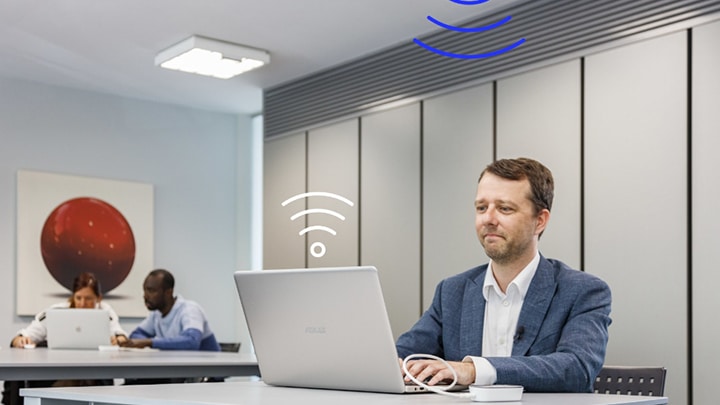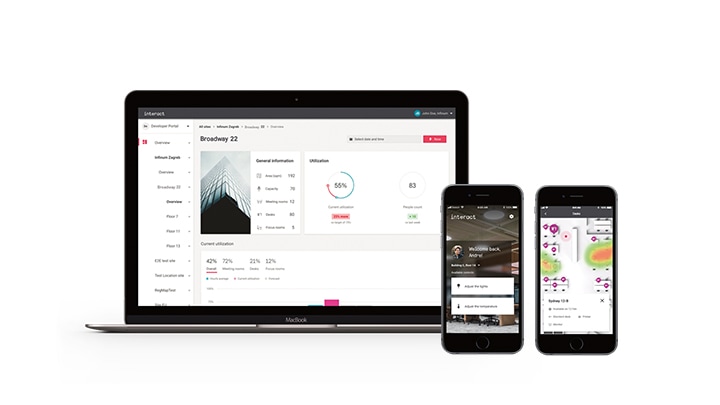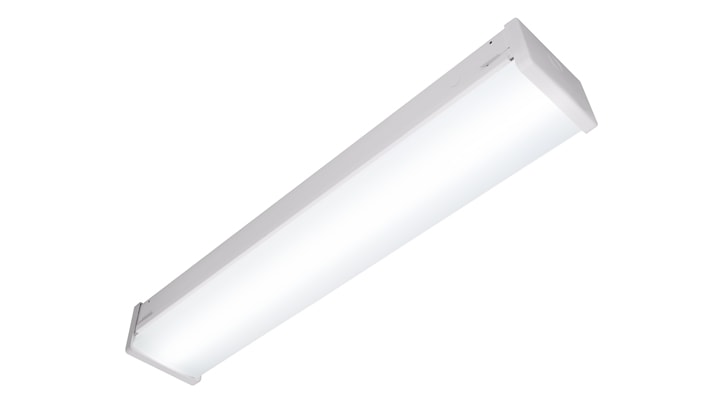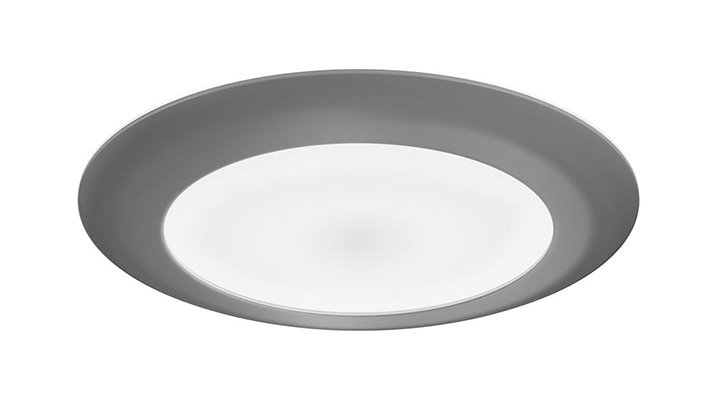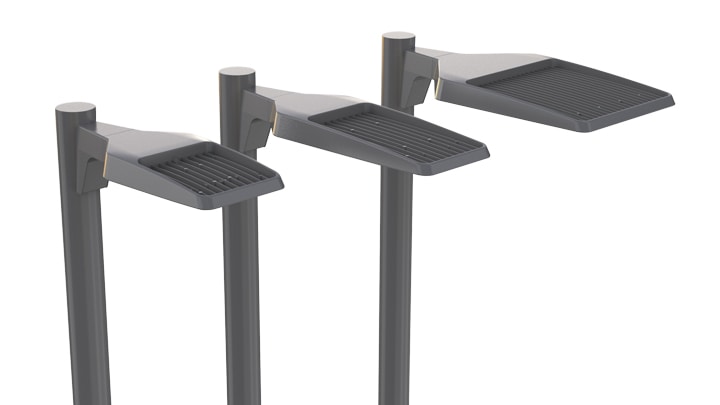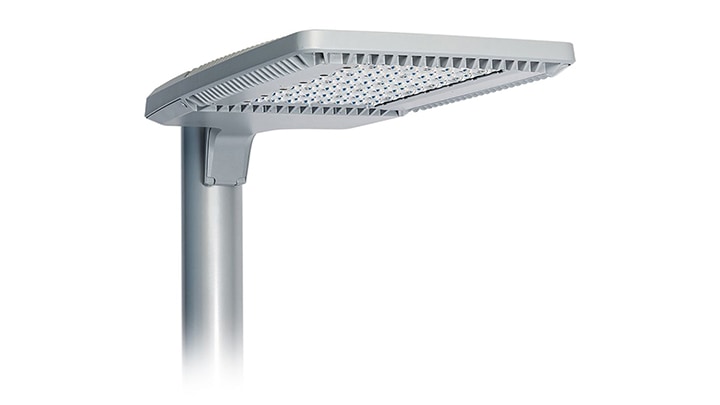Federal-state-and municipal-level funding available through the IIJA represents an unprecedented opportunity for government organizations to perform building renovations and make improvements to other properties. Energy-efficiency retrofits can significantly cut energy costs, lower energy consumption, and make meaningful reductions in carbon emissions. Installing LED and connected lighting systems offers the quickest and most effective way to manage energy costs and emissions responsibly, while also providing the smart infrastructure for benefits that go beyond illumination, including increased productivity, enhanced worker well-being, safer working environments, and much more.
Energy costs represent a substantial percentage of spend at all government levels. Government agencies account for around 20% of the country’s total energy usage in the commercial buildings sector. Municipal buildings alone cost roughly $190 million per year in energy consumption, and around 30% of that is waste. Lighting represents a significant component of these costs. Energy-efficient building renovations and lighting retrofits are indispensable for lowering costs and consumption, and for achieving the nation’s ambitious sustainability goals.
LED and connected lighting retrofits are the “low-hanging fruit” for reducing energy costs, consumption, and emissions. Switching to LED and connected lighting from Signify can quickly reduce lighting-related energy consumption by up to 80% for any government property, from city halls and courthouses to post offices, parks and rec, and military bases. Connected lighting also delivers the digital infrastructure for creating the smart building ecosystems that support data-driven decision-making and distributed IoT applications, such as space management and indoor wayfinding.
Signify connected LED lighting systems are scalable, which means that organizations can bring additional IoT capabilities on board as their needs and budgets dictate. Upgrades to luminaires, sensors, software, and other system components can be performed without disruption to current operations. Related solutions, such as Li-Fi and UV-C lighting, make properties safer, healthier, and better able to respond to future challenges as they arrive.
